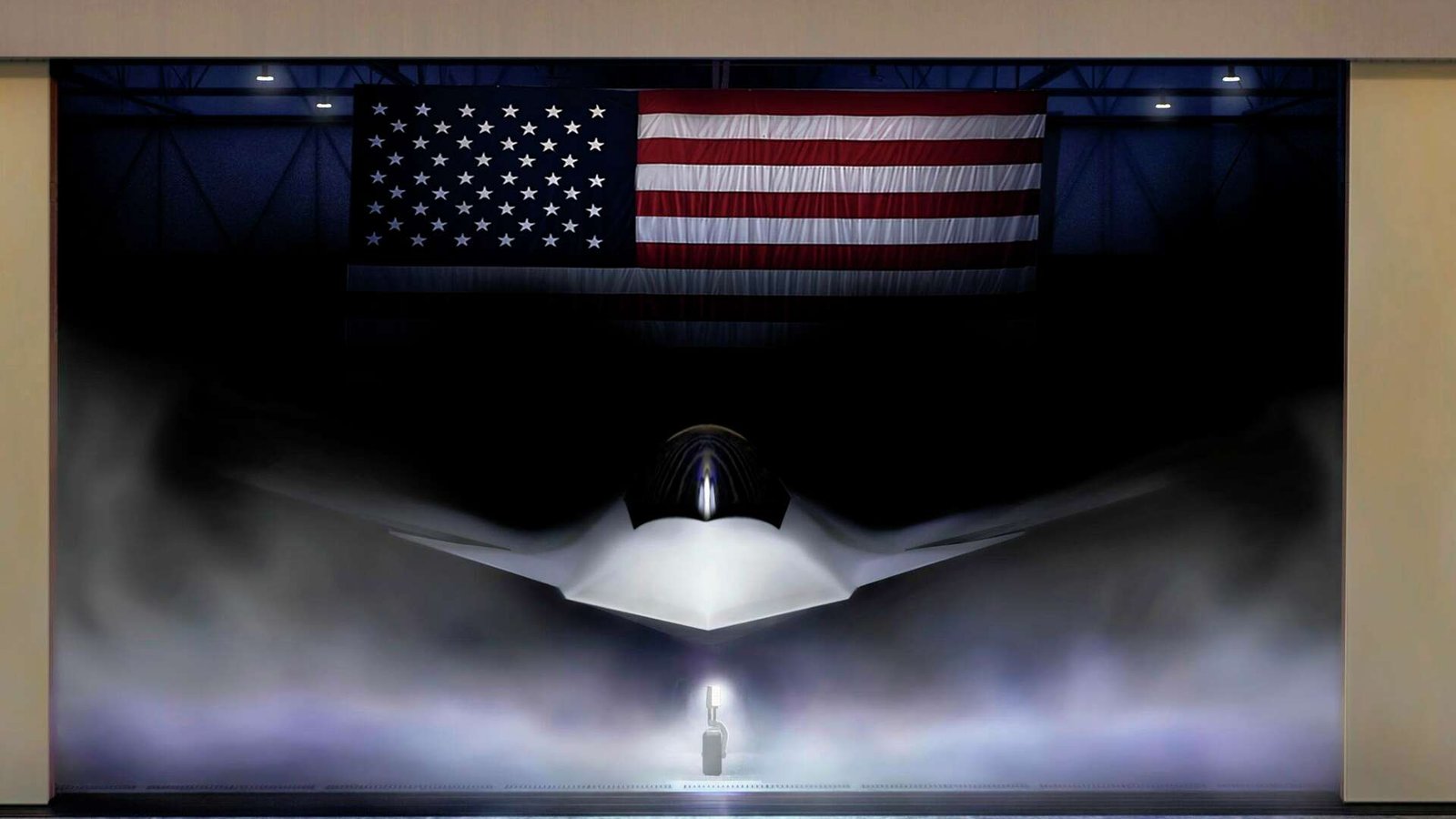
WASHINGTON (AP) — President Donald Trump announced Friday that Boeing has been awarded the contract to develop the U.S. Air Force’s Next Generation Air Dominance (NGAD) fighter jet. This advanced aircraft for Trump, designed for stealth and deep penetration, is expected to surpass current fighter capabilities and play a crucial role in potential conflicts, particularly with China.
The NGAD program includes a manned fighter jet that will coordinate with autonomous drone aircraft, forming an integrated combat system capable of evading and penetrating enemy air defenses. The initial contract, valued at approximately $20 billion, marks a significant step toward future air superiority.
Trump, the 47th president, made the announcement at the White House alongside Defense Secretary Pete Hegseth and top Air Force officials. With a grin, he revealed that the new fighter will be designated the F-47.
“We are setting the stage for the next era of aerial warfare,” said Air Force Chief of Staff Gen. David Allvin. Hegseth reinforced the message, stating, “This aircraft sends a strong signal to our allies and adversaries alike—we are committed to maintaining dominance in the skies.
Program Costs and Controversy
The decision to move forward with NGAD has sparked debate, particularly given the Pentagon’s ongoing challenges with its current most advanced fighter, the F-35. The F-35 program, which has faced delays and cost overruns, is projected to exceed $1.7 trillion over its operational lifespan.
Additionally, the Air Force is investing heavily in the B-21 Raider stealth bomber, a next-generation aircraft featuring cutting-edge technology in stealth, propulsion, and artificial intelligence. The service plans to acquire around 100 B-21 bombers, at an estimated cost of over $130 billion, with the first aircraft already undergoing test flights.
Given these overlapping advancements, some defense analysts question whether another high-cost manned fighter is necessary. Dan Grazier, director of the national security reform program at the Stimson Center, expressed skepticism, stating, “With drone and space warfare evolving rapidly, is another high-end manned fighter jet truly the best investment?”Trump also noted that the $20 billion contract is just the beginning, with total costs expected to run into the hundreds of billions.
Few Details, High Expectations
While specifics about the NGAD fighter remain largely classified, Trump confirmed that early prototypes have been undergoing test flights for the past five years. Concept images from Boeing and Lockheed Martin depict a sleek, tailless aircraft with a sharp, angular design to enhance stealth capabilities.
The selection of Boeing for the contract comes despite previous tensions between the company and Trump over cost overruns and delays related to Air Force One. However, an independent Air Force review determined that Boeing’s proposal offered the best overall value for the government, according to an official who spoke on condition of anonymity.
The Air Force has not disclosed the total number of F-47s it plans to procure. However, Allvin stated that production would exceed that of the F-22 Raptor, which is being phased out. Currently, there are about 180 F-22s in service.
Symbolism Behind the F-47 Designation
The Air Force later explained the significance of the fighter’s F-47 designation. Trump It honors the legacy of the World War II-era P-47 Thunderbolt, a fighter renowned for its air superiority. Additionally, the number 47 reflects the founding year of the U.S. Air Force and acknowledges the support of the 47th president in advancing the sixth-generation fighter program.
Navy Competition and Program Review
A separate Navy variant of the NGAD fighter remains in competition, with Northrop Grumman and Boeing vying for the contract.
The program had been temporarily paused last year when then-Air Force Secretary Frank Kendall, under the Biden administration, ordered a strategic review. Experts from think tanks and academia assessed whether NGAD remained a necessary investment. The review concluded that the program was still essential, and Kendall deferred the final contractor decision to the incoming Trump administration.
Future Capabilities and AI Integration
NGAD is expected to introduce an entirely new level of stealth, minimizing detection while extending its operational range far beyond that of the F-35. Its long-range capabilities will reduce the need for frequent refueling, making it more effective in contested airspace.
Additionally, the Pentagon plans to develop an unmanned variant of the NGAD fighter, incorporating advanced artificial intelligence. This step aligns with broader efforts to integrate AI-driven systems into modern warfare, potentially reshaping air combat strategies for decades to come.